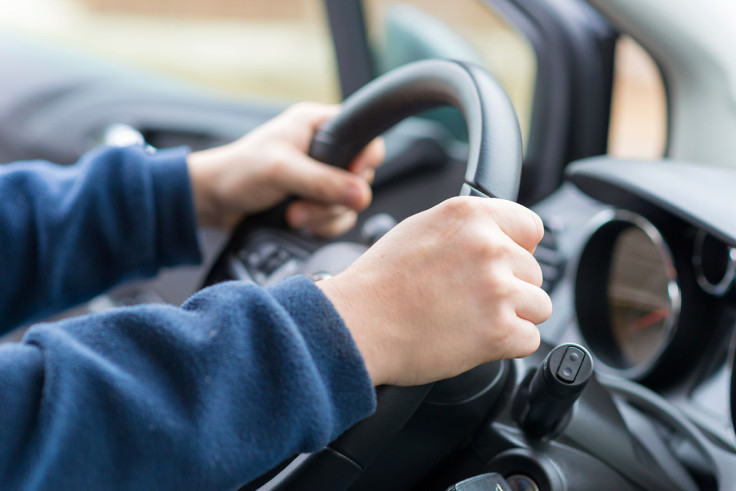Data gathered from your driving can correctly identify you in 15 minutes

Data collected from a car's steering wheel, brakes and other driver controls can be used to positively identify the driver with 100% accuracy after just 15 minutes behind the wheel. By monitoring just the brake pedal, drivers can be correctly identified 87% of the time.
The data was collected during an experiment carried out by a group of researchers from the University of Washington and the University of California at San Diego. The study and its findings will be presented at the Privacy Enhancing Technology Symposium in Germany in July, and although not the most damning example of personal data collection, it is an interesting demonstration of what today's highly digitised and connected cars are capable of.
Researchers asked 15 participants to drive the same 2009 saloon car around an empty car park and then on a 50-mile route through Seattle. Each journey took place at the same time of day to ensure traffic conditions and visibility played no part, and all participants had to listen to the same "uptempo pop music" radio station.
Data was collected through the car's universal CAN bus, a socket located under the dashboard of most modern cars to which a laptop can be connected for diagnosing faults and capturing data created by the car as it is driven.
This data was fed from 16 different parts of the car and into a laptop. Then, 90% of this data was passed into a learning algorithm, letting the computer learn each participant's driving style; the other 10% was sent to a second algorithm and then matched with each participant. In short, the system was matching the 10% of driving data it had never seen before, to one of the 15 profiles it had built using the other 90%.
Identified with 100% accuracy
With 15 minutes of driving data from the 16 sensors, the computer correctly matched the driving style with the participant 100% of the time. When given data from just the brake pedal the computer was right 87% of the time.
After gathering data from a longer 50-mile drive the system was accurate 100% of the time when used with 16, five and then just three sensors, and 100% accurate when given only the brake pedal data.
Insurance companies will no doubt be keen to carry out their own tests on vehicle data gathering. A system like this could help determine who was driving at the time of an accident, or inform police who was behind the wheel when the car set off a number plate-reading speed camera. Data is already being collected and uploaded by some cars like the Tesla Model S and Model X to their manufacturer.
Securing personal data
Issues will also be raised about the security of this potentially valuable data. Currently it can be accessed by connecting a laptop to the dashboard, something mechanics do every day, but now the researchers behind this experiment urged drivers to think more carefully about where this data is going and who has access to it. They concluded: "These results suggest that drivers should be wary of sharing their vehicle data stream without substantial guarantees for superior service.
"Similarly the consumers and collectors of said data should have a responsibility to offer users with privacy controls and develop safeguards for data processing and retention which keep up with the evolving threat model landscape."
© Copyright IBTimes 2025. All rights reserved.






















